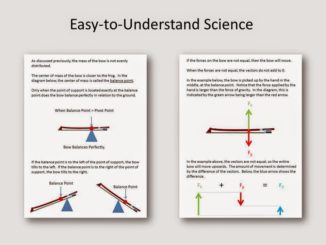
If you were to sit your kids down at the kitchen table and tell them that it was time for a physics lesson, they'd probably start displaying signs of torture and agony that only captive souls could rival. However, if you suggested that they go outside and play on their brand new backyard trampoline for a while, they'd probably be gone before you even got the entire sentence out of your mouth. What your kids don't know is that it's the boring topic of physics that makes their favorite playtime activity a reality. If you're interested in learning more about how the motion all the trampoline parts works together to provide this fun experience, here are some facts to get you started.
According to the physicists and engineers that have analyzed the motion of the trampoline during its long and happy existence, there are actually several different forces that create the rebounding motion of the jump: the weight of the jumper to push the trampoline mat down in the initial moments of the jump, the nylon and spring that move to return the trampoline mat to its unusual position after every bounce, and the impulse or driving force that the jumper creates while jumping in a repeated fashion.
Although you might not be able to get a couple of five and six year olds to sit still long enough to consider a physics equation, it's important to note that the entire process that occurs when you're jumping on a trampoline mat can be related in a simply mathematical statement: Total E = KE + PE. Unraveled, this equation basically states that when you are jumping on a trampoline you sacrifice some kinetic energy (KE) while gathering potential energy (PE). As you jump harder and more rapidly, you increase all three types of energy for the forces involved. Even though jumping harder is actually more work, it's also more fun, which is the reason trampoline are recommended as cardio and strength-training tools.
Although it's muscularly the equivalent of going out for a run, or jumping rope very quickly (two things that athletes do during training all the time) you'll never have to convince your kids to participate in this exercise. Also, jumping on a trampoline mat is much easier on your hips, knees and ankles, so it's often recommended for people that wouldn't be able to even walk on a treadmill or go for a hike.
Proudly WWW.PONIREVO.COM
Source by Caroline Ann Tan



